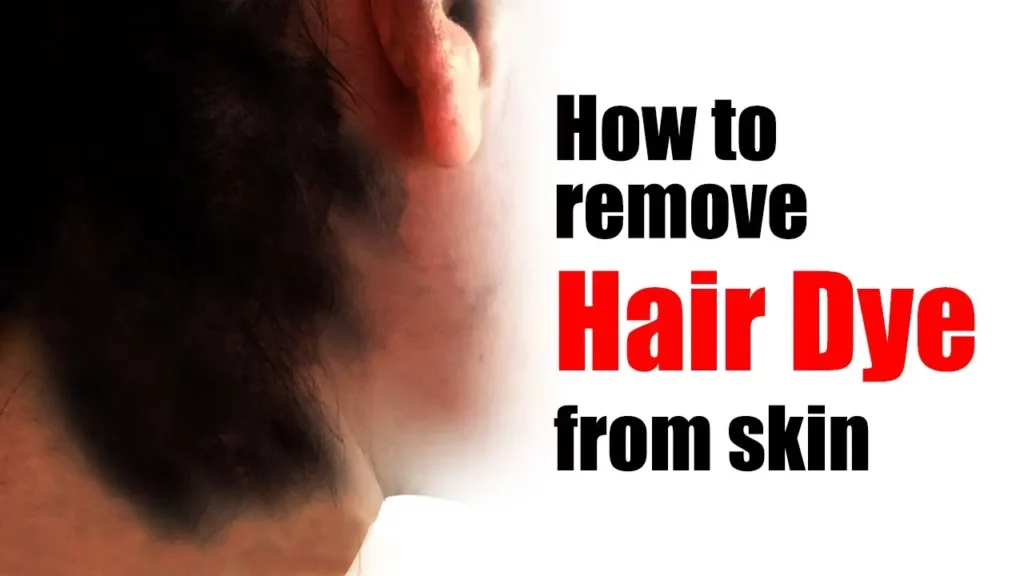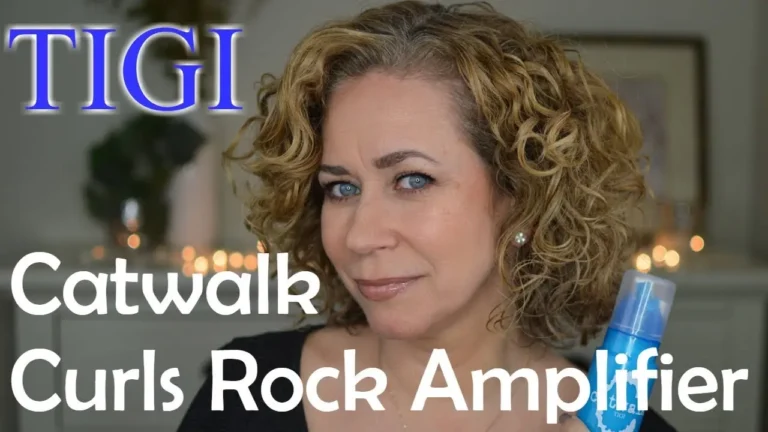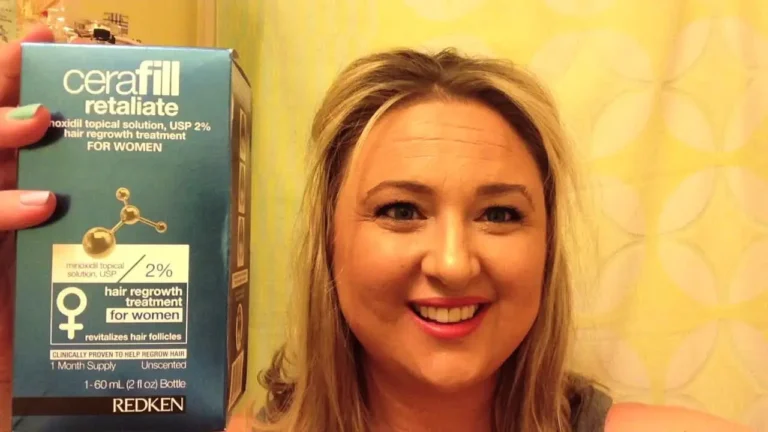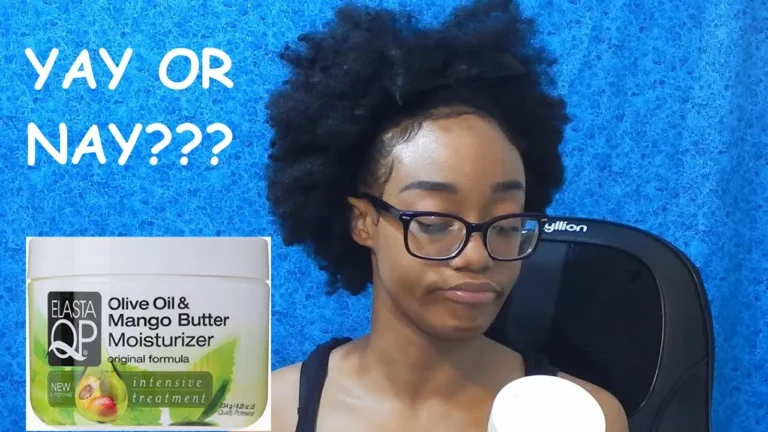
How to get hair bleach off hands? (Explained)
One of the most common mistakes that people make is to use a hair bleach on their hands. They do this because they think that it will be easier to get the hair bleach off their hands. However, this is not true.
Hair bleach is a common household item that can be used for many different purposes. However, when it comes to cleaning your hands after you have been working with the bleach, there are a few ways to get rid of the stains.
1: Soak your hands in cool water for at least 10 minutes.
2: Apply hydrogen peroxide on your skin and scrub it with a toothbrush or scrubber until the stain is gone.
3: Use baby shampoo and water to cleanse your hands, then rinse them thoroughly with cold water.
How do you get hair bleach off your skin?
You can get it to come off.
- You can soak your hands in either chlorinated water or hydrogen peroxide to clean them. When it comes time to rinse and replace the lotion, make sure you change the water for cold water and re-apply a thick layer of hand lotion.
- You can also try applying a small amount of toothpaste on a cotton ball to the area.
What happens if I get hair bleach on my hands?
Although your skin doesn’t absorb chlorine, it still can cause harm if you have too much in your bloodstream. The toxic effects are more likely to happen if you swim in chlorinated water or breathe in chlorinated air.
Carelessly using hair bleach on your skin is a route to skin damage, discomfort and also allergies. Both chlorine toxicity and bleach allergies can lead you to end up with burns on your skin.
How do you get hair dye bleach off your hands?
Use Dishwashing liquid and baking soda
Dish soap has been shown to help with removing dyes, so if you have a stained hand, mix a little soap and baking soda together to form a paste.
Then apply the paste to the stained hand and let it sit for at least five minutes. Rinse with water and pat dry.
Can you touch hair bleach with your bare hands?
Step One: Bleach your hair allow water to run over your head. You can use your bare hands, but you may wear nitrile or latex gloves if you have dry or cracked skin. You can bleach your arms, legs, or upper lip, for instance.
Does bleach turn skin white?
Bleach is a household cleaner that can be used to clean many surfaces, but it also has some unexpected uses. It is often used as a skin whitener to lighten the skin tone, but some people are questioning if it actually works.
People have been trying to find out if bleach turns skin white. Some say that it does and others say that it doesn’t.
The answer seems to be that bleach does not turn the skin white, but when diluted with water or other liquids, it can help lighten the complexion.
Lightening your skin color is becoming more popular, but can have long-term consequences if you’re not careful.
What neutralizes bleach on skin?
Bleach, as a chemical agent, is used in the industrial wastewater treatment process. It can be undesirable in home-maintenance applications because of its corrosive nature.
The recommended way to dilute bleach is to mix it with clean water and some sodium thiosulfate (if necessary).
Does hair bleach hurt your skin?
Scalp bleach burn
It is possible to get chemical burns on your scalp with bleaching. This often happens when products have strong chemical agents that can increase the level of pain. In order to reduce this possibility, use milder formulas & try not to go overboard
Do you need gloves when bleaching hair?
Your hair is the only thing you have to yourself, but it is worth the extra effort to protect it. One of the best ways to do this is by wearing gloves while you are dyeing or applying chemicals that would otherwise cause irritation or burns.
It is best to wear gloves when dealing with hair color chemicals. Making sure they are disposable will help prevent any mix-ups in the future.
Is bleach bad for your nails?
Bleach is an environmentally-friendly household cleaner often found in most homes. With many pros, it remains a popular choice for a lot of people.
Even small amounts of bleach can dry out the nail bed or hamper healthy fingernail development because it strips away essential oils leaving nails vulnerable to fungal infections.
It seems like a quick solution but one that may not be worth the damaging effects on your nails.
Is hair bleach supposed to burn?
It’s not unusual for certain chemicals to cause burning or tingling sensations if you make contact with it. Bleach typically causes these reactions, but there are other substances that also cause these reactions.
If you start to feel itchy or painful, please get the bleach out of contact immediately. You might have a chemical burn or an allergic reaction, but waiting for the discomfort to go away won’t help.
Is hair bleach supposed to itch?
Here are some of the most common problems that some people experience when it comes to home bleaching: skin irritation, unwanted hair loss, and fragrance sensitivity.
It’s good to know that some itching and burning after bleaching is expected and should not be caused worry. But if the person starts to feel like they’re getting chemical burns or the pain keeps getting worse, it could be a sign of a more severe issue.
How do you fix bleached skin?
Here is how to treat skin damaged by bleaching cream at home. The first thing you should do is to use a hydrocortisone cream and cleanse your skin with regular water.
You should apply aloe vera gel or an aloe-based mask every day, but not before following these steps:
- Aloe Vera is a popular option for those with bleached skin. It’s great at relieving redness and providing healing for the afflicted area.
- For centuries, potato peels have been used as a remedy for burns. The only downside is that they can be difficult to obtain.
- Coconut milk.
- Lavender oil.
- Turmeric and yoghurt.
Is hair bleach permanent?
Unlike other dyes, hair bleaching is a more permanent process. It strips away the natural colors of your hair but doesn’t damage your hair or fade it over time. The dye may come off from the roots though, which can lead to discoloration or brassy tones in some cases.
Can hair bleach make you sick?
A potential outcome of extensive damage to the mouth, throat, or stomach is rupturing. Consequences depend on how much damage there is.
Damage to the esophagus and stomach can continue to occur for weeks after the product is swallowed. This can lead to severe bleeding, infection, & other serious health problems.
What are the side effects of bleaching your skin?
There are side effects to bleaching , such as the risk of severe skin irritation and infection and a burning sensation.
- Dermatitis is a frustrating condition that causes red, itchy skin patches on different areas of the body.
- Mercury poisoning that can be harmful to the skin. Some skin bleaching products containing mercury have been found to be connected with serious health risks.
- Steroid acne.
- Nephrotic syndrome.
- Blue black pigmentation.
How long does hair bleach stay active?
From the moment you prepare the bleaching process, it remains active for 60 minutes.
After the product is used, it will lose bleaching power because oxidization starts to occur. This means that long-term damage to the hair can occur if any remaining bleach is not discarded.
Will your hair ever be the same after bleaching it?
I think that bleached hair will never be the same because its structure will have changed. This implies that the process can’t be reversed, which is great news for people who enjoy playing with fun colors in their hair!
Can I shower after bleaching my hair?
Avoid washing your hair for 2 days following your bleaching session. Give your hair ample time to seal in its new color.
Not only does this give it the time to live and change colors on its own, but it ensures that you aren’t stripping off any of the freshly deposited blonde pigment!
Should I shampoo after bleaching?
There are some important guidelines that you should follow when using bleach and they are as follows: rinsing out the bleach thoroughly with lukewarm water, shampooing your hair after rinsing, and finally following up with a deep conditioner to help prevent dry hair.
Can I use hair bleach the next day?
Re: Can you use left over bleach at a later date? Once you mix bleach you will have to use it immediately or else throw it away.
You can mix part of the peroxide/powder with a little water and keep the rest of the unmixed stuff until you’re ready to use it again.
How soon after bleaching hair can you bleach again?
3 weeks
Repeated bleaching is definitely not recommended. You are putting yourself at risk of over processing and breakage by doing so and should wait 3 weeks in between bleaching sessions to give your hair cuticle enough time to heal, close, and lay flat again
Should I rinse bleach out with cold or hot water?
To wash bleach out of your hair, you need cool water and nothing else. The cool water will get out the bleach and make it safe to use again.
You may need to use a shampoo first to get rid of the toner residue left on your hair, but then you should proceed with using conditioner.
Can I use purple shampoo right after bleaching?
Avoid using purple shampoo on bleached hair since you might go overboard; this is only recommended for use by professionals.
You should regularly use a toner or dye after bleaching your hair to ensure that it doesn’t turn green. You can then use purple shampoo once a week or twice to remove any unwanted colors.
Can you use purple shampoo as a toner after bleaching?
The trick is figuring out which color toner to use. If your bad bleach job has come out more yellow, you’ll need a purple toner.
However, if your hair is truly orange, you might see some success in using a blue toner for neutralizing the orange color.








Comments are closed.